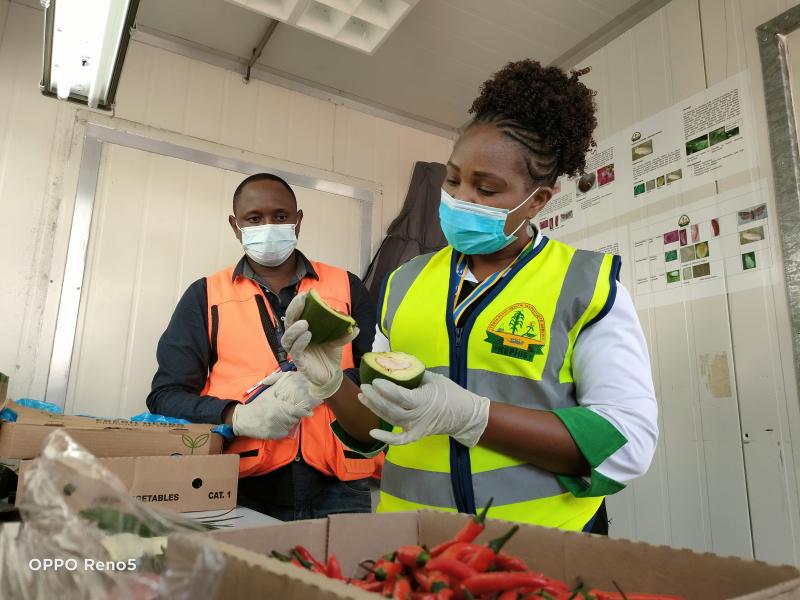
We are living in difficult economic times. In 2020, global Foreign Direct Investment (FDI) flows fell sharply by 35 per cent. This was akin to losing just over a third of the water in your tank. If you were using that water for irrigation, at least a third of your crops would potentially wither and die.
Decreased investment and the accompanying depressed economy have resulted in a death of jobs across the country. Sadly, the immediate future doesn’t look good. According to the World Bank, 52 per cent of large companies expect that their operations will only return to full capacity in 2022. If large companies with billions of shillings at their disposal are staggering in such a manner, then SMEs are definitely flailing on the ground.